Remote sensing
Gas giants might just be the most whimsical planets of all: they don’t just settle at any old point on the orbit – instead, they only choose certain regions and stay clear of others – at least according to a new supercomputer simulation. A new study recently revealed that the orbital deserts and pile-ups caused […]
July 20th, 1969 marked the day man first set foot on the moon, as Neil Armstrong and Buzz Aldrin gracefully stepped out of their lunar lander and made history. A recent photo snapped by NASA‘s Lunar Reconnaissance Orbiter has captured the most detailed view of the monumental landing site – it even shows remnants of Neil […]
Located some 62 million-light years away, the Dorado constellation is home to a galaxy cluster, called the Dorado Group, comprised of around 70 galaxies. A pretty massive figure by all accounts, considering the Local Group, which also include the Milky Way, contains a mere 30 galaxies under its belt. Recently, Hubble captured a splendid photo […]
Astronomers at NASA‘s Chandra X-ray Observatory have come across a true astronomical oddity at the outskirts of the Milky Way, a stellar-mass black hole which exerts the fastest winds ever observed so far in its class – so fast that it rivals those blown by supermassive black holes, which often are billion times more massive. […]
Exactly two years ago, NASA launched a $850 million spacecraft, called the Solar Dynamics Observatory, on a five-year long mission to record high-definition videos of the sun, which should help astronomers better understand its weather cycle and how and how it might affect life on Earth. To celebrate SDO’s 2nd anniversary, NASA has released a […]
The Robonaut 2, an autonomous NASA robot commissioned to ease the lives of astronauts on board the International Space Station by taking over some complex tasks and, also, cure boredom, has finally been booted to move a limb, although he’s been on the station since February 2011 – a whole year. The Robonaut recently went […]
Around 1843, on the night sky all of a sudden a new luminous star made its appearance. That luminous star, which at the time was actually the 2nd brightest star, after Sirius, was actually the result of a explosion in Eta Carinae system – the brightest star in the Milky Way. The eruption spewed a […]
Perhaps the most famous thing left behind on the Moon is a footprint, a boot-shaped impression in the moon dust, photographed and viewed by millions of people. If everything goes according to plan, in the future, many people visiting the Moon will look at it and refer to it as ‘the first’. But about 100 […]
This incredible photo of the Carina Nebuna, a massive star formation , was taken by the The European Southern Observatory’s Very Large Telescope (VLT), in the infrared spectrum. Even the astronomers from the ESO, who are privileged enough to witness some of the most amazing sights in the Universe, claim in a recent press release that […]
Must Read
Latest Posts
Keep updated
Get the latest creative news from FooBar about art, design and business.





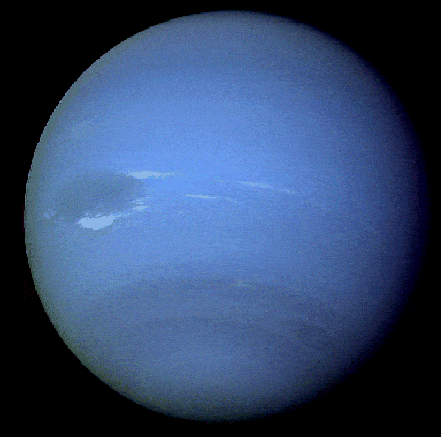
![Most detailed photo of the Apollo 11 lunar landing site released [visible astronaut footprints] – 201203apollo 11 moon landing site](https://www.plazajournal.com/wp-content/uploads/2024/02/201203apollo-11-moon-landing-site-300x300.jpg)
![Hubble captures Dorado galaxy [PHOTO] – 201203hubble dorado galaxy](https://www.plazajournal.com/wp-content/uploads/2024/02/201203hubble-dorado-galaxy-300x225.jpg)
![Huge dust whirlwind seen on Mars [shorties] – 201203mars dust devil](https://www.plazajournal.com/wp-content/uploads/2024/02/201203mars-dust-devil-450x338.jpeg)
![Cassini reveals spectacular pictures of Saturn and Titan – its largest moon [shorties] – 201203saturn titan](https://www.plazajournal.com/wp-content/uploads/2024/02/201203saturn-titan-300x300.jpg)
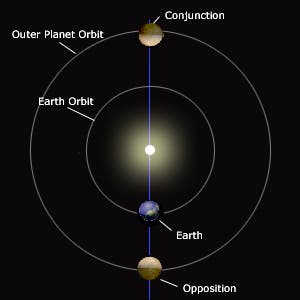
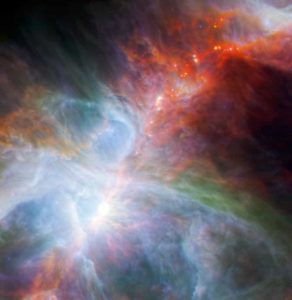
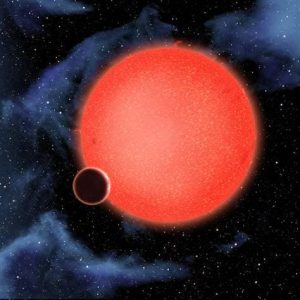
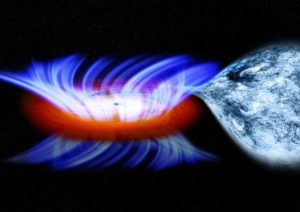
![Solar twisters sweep the sun’s surface [INCREDIBLE VIDEO] – 201202tornado](https://www.plazajournal.com/wp-content/uploads/2024/02/201202tornado-300x172.png)
![Robonaut awaken on ISS, greets astronauts with a firm hand shake [VIDEO] – 201202robonaut main 0216](https://www.plazajournal.com/wp-content/uploads/2024/02/201202robonaut_main_0216-300x170.jpg)
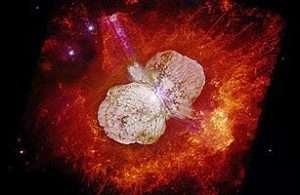
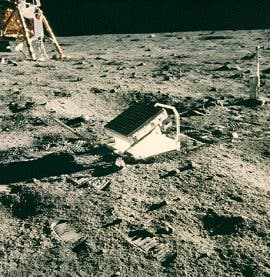
![The Carina Nebula in all its splendor [AMAZING PHOTO] – 201202ooeso1208a](https://www.plazajournal.com/wp-content/uploads/2024/02/201202ooeso1208a-300x204.jpg)




